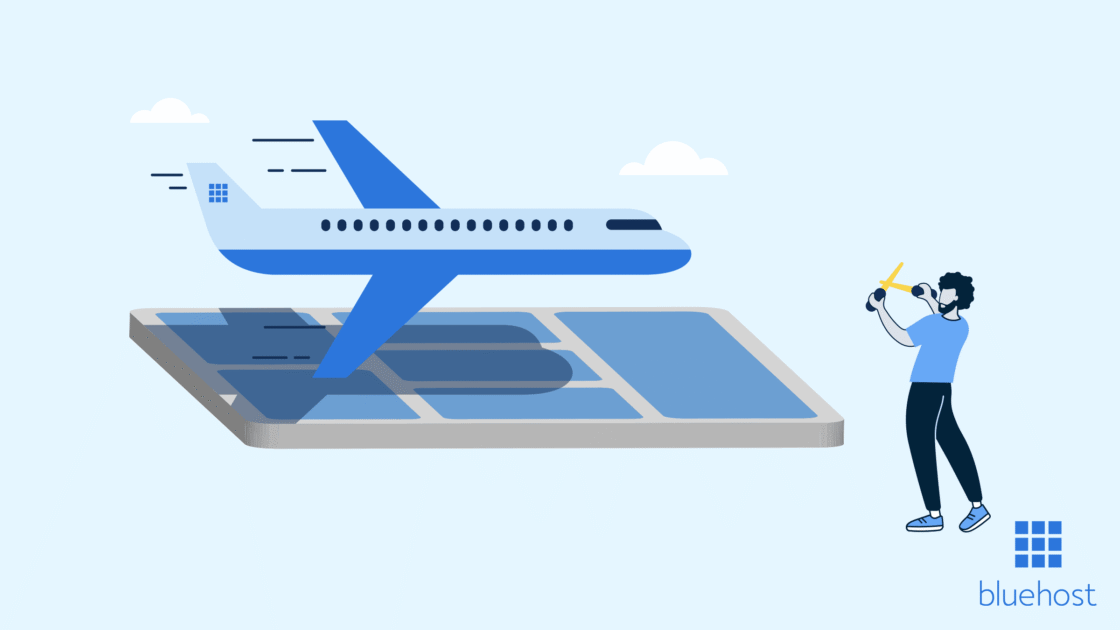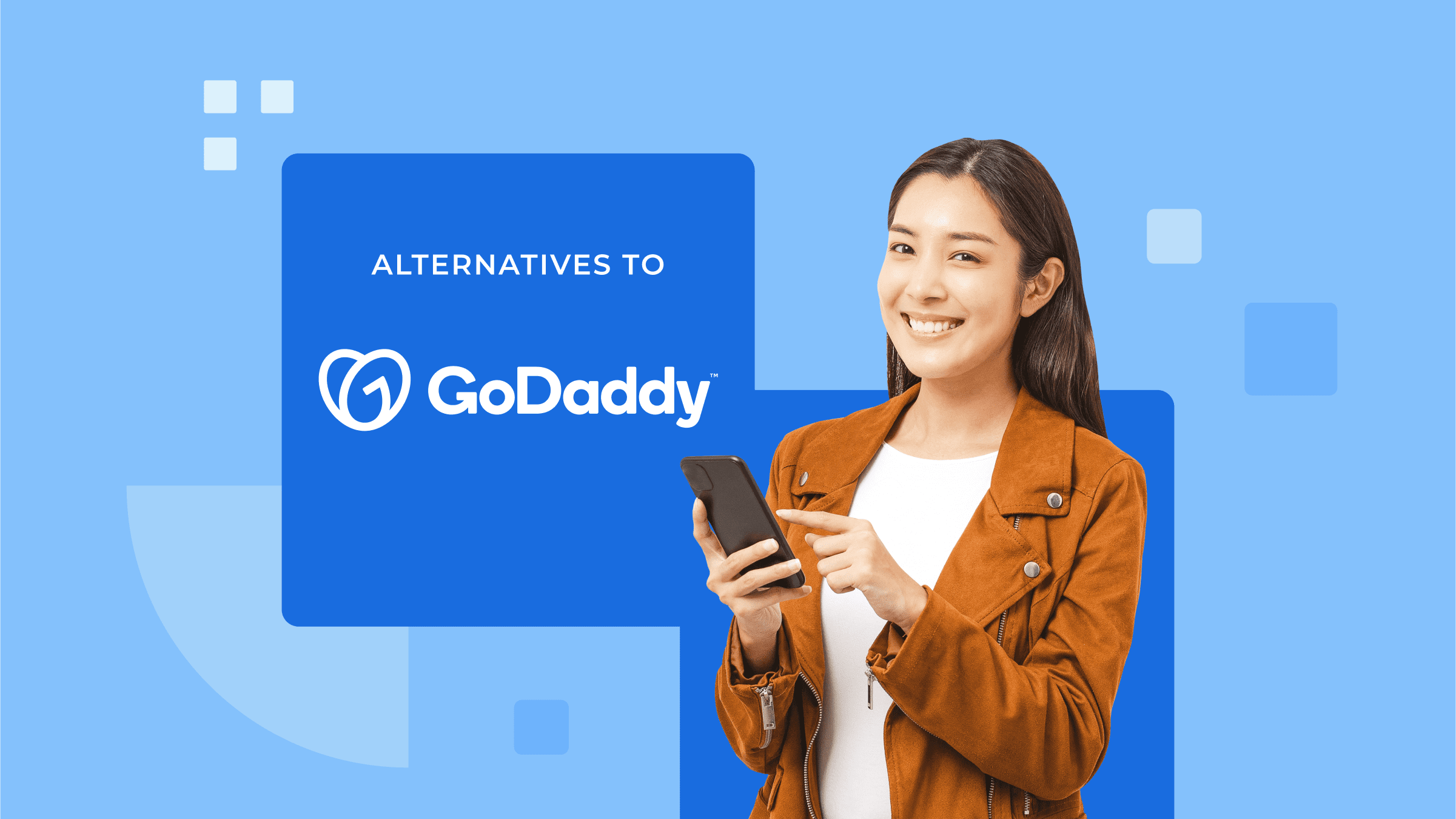Key highlights
- Understand what a landing page is and why it is essential for driving conversions in your marketing campaigns.
- Learn about different types of landing pages and how to choose the right one for your specific marketing goals.
- Explore best practices for creating effective, high-converting landing pages that engage your target audience at various stages of the marketing funnel.
- Discover strategies to optimize your landing pages for SEO, user experience and mobile devices.
- Gain insights into how to drive targeted traffic to your landing pages to maximize lead generation and sales.
- See landing page examples to inspire and guide you in designing your own high-performing pages.
- Learn the benefits of creating separate landing pages for different audience segments or campaign objectives to improve relevance and conversions.
If you’re new to online marketing, you might wonder what landing pages are. And why would you even need them? But landing pages are a pivotal part of any online marketing strategy. Bloggers and big corporations alike use them. Curious? Then read on to discover what a landing page is and how you can best utilize it.
What is a landing page?
As defined by Unbounce: “A landing page is a standalone web page, created specifically for the purposes of a marketing or advertising campaign.” You would create a landing page when you want to drive a specific action, such as lead generation or sales, for a particular campaign or to test a new idea. In other words, a landing page is a standalone landing page, distinct from other web pages on your site and is designed with a single objective in mind. This is also known as a Call to Action or CTA.
Unlike other web pages that serve broader, more informational purposes, a dedicated landing page is designed to minimize distractions and focus on a single goal, making it a focused, standalone unit optimized for specific conversions or actions. You can use landing pages at various stages throughout the inbound marketing cycle; From introducing people in your target market to your brand, to converting a lead into a paying customer. Landing pages can help you accomplish your goal at each stage of the purchase process by tailoring the page’s content to the target audience and campaign objective.
A good landing page clearly presents a single offer or purpose, removes distractions and aligns all elements with its conversion goal to effectively drive conversions.
What isn’t a landing page?
To fully understand the concept of a landing page, it’s important to know what’s not considered a landing page. Most marketers don’t consider your website’s homepage and other web pages as landing pages. Why? Because of the defined, broader purpose of these pages.
Take the homepage for instance. It’s not traditionally designed with a single CTA in mind. Instead, the intent of a homepage is to introduce visitors to the website and brand. In addition, a homepage shows users what content they can access.
Landing pages, on the other hand, evolved from direct response marketing and traditional print ads, which were designed to drive a specific action from the audience. A specific type of lead generation landing page, known as a squeeze page, focuses solely on collecting email addresses, making it a highly targeted tool for building email lists.
Types of landing pages
Landing pages help marketers achieve a variety of objectives. Because there are numerous marketing goals, there are also multiple types of landing pages. Creating landing pages tailored to specific goals involves following best practices in design, content relevance and user experience to maximize engagement and conversions. These include lead gen pages, lead generation landing, lead capture pages, capture pages, lead gen landing pages, lead generation landing pages, basic landing pages and separate landing pages—each designed for specific purposes such as collecting user information, offering incentives, or targeting different audience segments. Microsites, which are larger than landing pages, are also used for specific campaigns but still focus on narrowed objectives. When targeting different audience segments, creating separate landing pages allows you to customize messaging and design for each group, improving relevance and conversion rates. So which type should you use? It depends on the overall goal of the campaign and what types of marketing tactic(s) you want to use. Choosing the right type of landing page can lead to a successful landing by ensuring all elements work together to drive conversions.
Let’s take a look at some examples of different types of landing pages. Remember, landing pages convert better when they are focused and optimized for a single objective.
Lead generating landing pages
The purpose of these landing pages is simple: turn a targeted visitor into a lead for your business. These are also known as lead capture pages or lead gen landing pages and their primary goal is generating leads for your company. But how do lead generating landing pages achieve this? By capturing personal information such as a person’s name, email address, phone number, job title, company name and much more, using forms and calls-to-action that are specifically designed to encourage users to submit their information. Often, these pages offer incentives like ebooks or webinars to encourage users to provide their contact information.
With this information, your company can work to convert that lead into a customer. But you can also use it to build your email subscriber lists, funnel users through the inbound marketing cycle, or increase the number of sales for a given time period.
Click-through landing pages
Click-through landing pages give information about a discount, promotion, or offer. Why? To convince users to purchase right away! The design of these landing pages encourages users to take the next step, such as making a purchase, by presenting clear calls to action and minimizing distractions. As you can imagine, these landing pages are usually quite simple and used later in the buying cycle. They are frequently used in e-commerce to facilitate sales without collecting lead information first.
Explainer landing pages
These types of landing pages are also known as infomercial or long-form landing pages. They rely on heavy amounts of content to entice users to take an action or next step. Rather than leaning on flashy sales copy or graphics, these landing pages act much like an infomercial by presenting a multitude of benefits, features and convincing copy to educate the user. It is crucial to optimize the page’s content to address user questions and concerns, ensuring it meets the needs and interests of your target audience.
So when should you use explainer landing pages? They’re ideal for campaigns that require users to give detailed personal information or make a large purchase. For example, promoting an educational course or an expensive product/service.
Product detail landing pages
Often used in the retail industry, product detail landing pages provide visitors with all the information about a certain product. The goal? To drive interested users directly to the product and convince them to make an on-the-spot purchase.
It’s good to know that not everyone uses this type of landing page. Many retailers simply direct their marketing efforts to regular pages of their website. However, choosing to create a campaign-specific page for your product can help to limit navigation and distractions for your visitors. A well optimized landing page can significantly improve product sales and user experience by ensuring the page is tailored for conversions and easy to navigate. Additionally, landing pages make it easier to track and analyze user engagement and the effectiveness of specific campaigns.
How to use landing pages
Marketers aim to drive visitors to landing pages from other areas of the internet using several tactics. To do landing pages effectively, marketers focus on SEO optimization and aligning content with user intent to maximize conversions. The process to create landing pages involves designing and optimizing dedicated pages for various marketing tactics, such as lead generation, click-throughs and campaign-specific offers. When building landing pages, marketers must also consider cost and resource allocation, including whether to use DIY landing page builders, hire freelancers, or work with agencies, as these choices impact budget planning. Landing pages are often used as destination pages for paid ad campaigns, paid ads and paid search ads and are a key part of a broader marketing campaign. These are typically standalone webpages designed for specific conversion goals.
The intent and type of landing page is determined by the tactics used, such as:
Pay-per-click advertising
Pay-per-click advertising (PPC) means you pay each time someone clicks on your advertisement. PPC ads are commonly used on search engines such as Google and Bing. But they can also be used on related websites, or social media channels like Facebook and Twitter. If your brand or business is investing in pay-per-click advertising, you need optimized landing pages.
Landing pages are commonly used as destination pages for paid ad campaigns, paid ads and paid search ads to maximize conversions. These destination pages are tailored to specific paid advertising efforts, helping to improve relevance and drive user actions.
When running a PPC ad campaign, creating a landing page specifically tailored to the ad’s message and audience is essential for improving search engine rankings for targeted keywords and optimizing conversions. Why? Because if you’re running a PPC ad campaign for your latest product, you wouldn’t send clicks to your homepage. Instead, you’d create a single page (a landing page) designed to entice users to buy your new product right away.
Landing pages can also be used in online marketing strategies that focus on organic traction on social media. A good example would be the promotion of an e-book for the purpose of lead generation. From an organic social media post, you can push visitors to a landing page where they can submit their information in exchange for the exclusive content.
You can also use landing pages for event information and RSVPs, email newsletter signups, coupons and contests and giveaways.
Content marketing
First things first: What is content marketing? As the Content Marketing Institute states: “content marketing is a strategic marketing approach focused on creating and distributing valuable, relevant and consistent content to attract and retain a clearly defined audience — and, ultimately, to drive profitable customer action.” With this definition in mind, landing pages can be used to introduce content to a target market, capture their attention and convince them to become a customer later in the process. Marketers often create pages that are focused and strategic, specifically designed to guide visitors toward a single call to action, which is essential for effective content marketing.
For instance, your brand could create a library of useful resources as part of a larger content marketing plan. Naturally, you’d want your audience to take advantage of these resources. To gain access to your exclusive content, you can require users to submit their email address in a landing page form. Congrats! You’ve transformed a visitor into a lead. Now, you can continue to provide useful content as part of the buying cycle.
Email marketing
Once you’ve captured a visitor’s email address, you can send them relevant content, offers and information via email marketing. Creating landing pages that are tailored to the specific offers and messages in your email marketing campaigns is essential for maximizing conversions and ensuring a seamless user experience. Landing pages are incredibly useful tools for these messages as well. If you’re sending subscribers an exclusive offer, use a landing page! A mobile-friendly design ensures the landing page works seamlessly on mobile devices with responsive layouts.
6 best practices for landing pages
To make the most out of your landing pages, it’s essential to understand the key elements that make landing pages that convert. Optimizing landing page content is a major focus of best practices, as it guides visitors toward specific actions and increases conversions. By following these best practices, you can create a successful landing page that effectively drives results. Follow these six best practices from Unbounce and Hubspot
1. Limit page navigation
You want your visitor focused on the CTA, not other content on your website.
2. Keep it short and sweet
(With the exception of the Explainer landing page) Again, you want your visitor to consume your information and take action. Keep your page content concise and focused on the main goal. Don’t distract with unnecessary copy, functionality, or designs. Keep it simple. Short sentences and bullet points should be used to make the copy easily scannable for visitors.
3. Offer value
If visitors are going to be taking action, you better deliver value in return. Identify what value your audience wants and needs, then deliver it to them on your landing page.
4. Test, test and test some more
Landing page optimization requires significant testing: From where to put the inquiry form to which headline works better. This process, also known as A/B testing or b testing, allows you to experiment with different elements to see what performs best. Running a b test lets you directly compare variations of landing page elements such as headlines, calls-to-action and designs to determine which version yields better results. Everything can be A/B tested to generate the best results for your campaign, helping you optimize landing pages for higher conversions and improved performance.
5. Use video
Using video on a landing page is shown to increase conversions by 86%!
6. Keep CTA above the fold
When used properly, long-form copy pages can increase conversions by 220%. However, this might not be the case for your campaign. To make sure you’re reaching your audience, keep your CTA above the fold. This way, new visitors will instantly see it. Essential elements like the headline, offer and CTA should be placed above the fold to ensure visibility without scrolling.
Do you use landing pages as part of your marketing strategy? If so, share your experiences in the comments below.
Final thoughts
Landing pages are essential tools in any effective digital marketing strategy. By creating dedicated landing pages tailored to specific campaigns and target audiences, you can significantly boost your conversion rates and achieve your marketing goals more efficiently. Utilizing landing page templates and landing page builders can streamline the process of creating high quality landing pages, allowing you to quickly build landing pages that convert visitors and generate leads. Whether you’re capturing leads, promoting products, or encouraging sign-ups, a well-designed landing page focuses visitors’ attention on a single desired action, eliminating distractions and increasing the likelihood of success.
To maximize conversions, be sure to incorporate social proof, prioritize mobile optimization and focus on delivering a great landing page experience for every visitor. Mobile optimization is critical as a significant portion of users access landing pages via mobile devices.
Ready to create high-converting landing pages that drive real results? Start building your own with Bluehost’s easy-to-use landing page builder and powerful hosting solutions. Take the first step toward growing your business today, get started with Bluehost and turn your website visitors into loyal customers!
FAQs
A landing page is a standalone web page created with a specific goal, such as capturing leads, promoting a product/service, or encouraging a particular action from visitors. Having landing pages on your website allows you to target specific audiences, increase conversion rates and focus on achieving particular marketing objectives.
To create a high-converting landing page, follow these tips: Keep the page simple and focused on a single call-to-action (CTA). Use persuasive and benefit-driven landing page copy that incorporates social proof, such as testimonials or reviews, to build trust and credibility. Make sure your page title is clear, relevant and optimized for your main keyword. Include attention-grabbing headlines and compelling visuals. Use a user-friendly design with clear navigation and fast loading times. Implement a prominent and easy-to-fill CTA form. Additionally, optimize your landing page’s CTA, benefits summary and user experience to further increase conversions. Page loading speed significantly impacts conversion rates, with slower loading times leading to higher bounce rates.
It depends on your resources and goals. Pre-built landing page templates can be a quick and cost-effective option, especially if you’re new to landing pages. These templates offer proven, customizable frameworks that streamline design, improve lead capture and optimize conversions. Custom designs offer more flexibility and uniqueness, allowing you to align the landing page with your brand identity. Choose the option that best fits your requirements and budget.
There are several ways to drive traffic to your landing page: Use pay-per-click (PPC) advertising on platforms like Google Ads or social media ads. Promote the landing page through your existing email marketing campaigns. Share the landing page link on your social media channels and encourage shares. Utilize search engine optimization (SEO) techniques to rank organically for relevant keywords. Collaborate with influencers or affiliates to promote the landing page to their audience. Attract landing page visitors through these various channels to maximize engagement and conversions.




Write A Comment